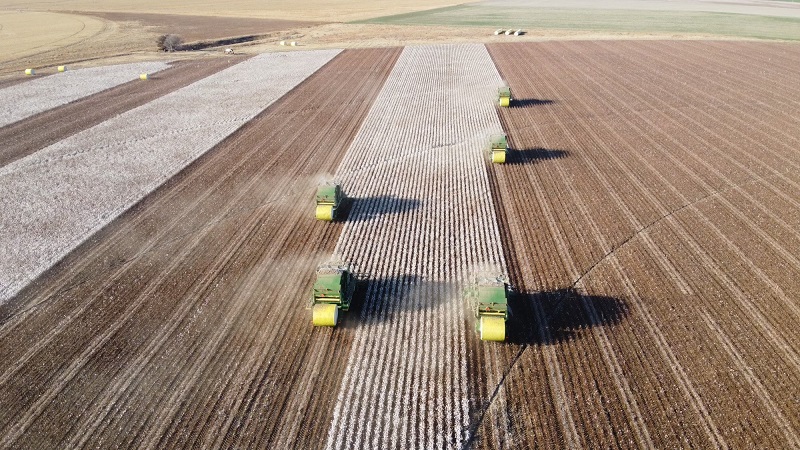Ability to Adapt Gives Brazilian Growers an Edge
When I received the invitation to write this article, my first decision was to wait until the last moment because things change very fast these days. If this is “a whole new game,” the name of that game is: high volatility!
We face a new environment and the industry needs to prepare itself. Producers, the textile industry, trading companies, banks and governments all need to be more efficient.
Brazilian producers have the flexibility and tools to shift from growing cotton to growing grains (and vice-versa) from one year to the next, and are efficient cost-cutters.
They use short-cycle seed technology; plant in narrow rows in different regions to reduce the costs of chemicals and fertilizers; double-crop cotton on a large scale to maximize the return of their land given the weather risks; and share other techniques among themselves. Those are advantages that give the Brazilian farmer, most of whom plant between 500 hectares and 100,000 hectares of cotton, a level of flexibility that can’t be matched in most other parts of the world.
On the other hand, the farmer in Brazil begins selling two years in advance of the crop. Forward sales (exports) are a very important tool to provide financial liquidity in a commodity that demands long term and high working capital usage.
Normally, a producer buys forward some of the inputs in order to “hedge” the sales done, so costs and revenues are settled at the same time, and a good portion of the exports get booked. Consequently, there is a large incentive for Brazil to participate in the export market, even with a lower crop output.
The quality of Brazilian cotton has been improving, and consumer confidence and the image of the product are improving as well. Brazilian exports fill an important gap in the Northern Hemisphere supply during the intercrop period there (July to October). It’s an opportunity that Brazil wants to keep.
Time to work hard, but not to panic
But it’s not an easy life for cotton, as other related crops will fight to defend their planted acreage as well. In the end, profitability will be the main driver for planting decisions. Cotton will regain areas that were lost to other crops in the past. It is not only a matter of price, but also the enthusiasm of the gain in yields that some regions have achieved over the last few years.
It is a “never before seen” price, and the mood is different as emerging economies are growing between 5 percent and 10 percent annually. The big questions is: How long will the strength of these economies be sustained?
Budget deficits and inflation are big challenges, and monetary policy changes around the world will undermine any stability in the commodity complex.
My vote is for fewer government interventions. One of the first lessons I received in my career as a cotton trader was: The market is king, and it will solve any issue!
I see no reason to panic. It´s not the end of cotton as raw material. It´s not the end of the world! It´s just a difficult moment in our history.









